How to get rid of the Colorado potato beetle on tomatoes? 4 main methods and prevention
The Colorado potato beetle is the thunderstorm of the entire site: it moves from potatoes to tomatoes and other nightshade, and then melons and gourds. Tomatoes are processed from the Colorado potato beetle with both chemical and folk remedies. A change of preparations is recommended, as insects quickly get used to them. Therefore, it is worth familiarizing yourself with all the compositions and alternating them at your discretion.
Among the methods of fighting the parasite are mechanical - collecting beetles from the bush, and biological - attracting insects, birds and animals. A number of preventive measures will help significantly reduce the parasite colony in the new season.
Why is the Colorado potato beetle dangerous?
The striped beetle is known as a potato pest. But the insect is dangerous for other plantings, in particular, for tomatoes - they are second in line with the gluttonous parasite. And the insect also eats zucchini, pumpkin, watermelon, and eggplant.
An adult beetle is easily recognizable by its bright striped shell. The insect is large - up to 1 cm long, it is easy to find it on a bush. The parasite lays the larvae on the lower part of the leaf plate. At first they are brown, then they change color to orange with black suckers.
The pest hibernates in the soil, and in early spring, when his favorite potato tops have not yet grown, it moves to young tomato seedlings, transplanted to the site. The beetle is also dangerous for tomatoes in August, when potato plantings begin to dry out.
Why is it so difficult to breed the Colorado potato beetle:
- He has no serious natural enemies on our mainland.
- In a lean year, the insect hibernates, surviving in this state for up to 3 years. Parasites overwinter so deeply in the soil that it is difficult to get them with insecticide preparations.
- The beetle quickly adapts to chemicals.
- The insect travels through the air up to 10 km if necessary.
- Fertile female beetles lay up to a thousand eggs in one summer.
- One season is unlikely to get rid of the entire colony. It will take a number of measures to clear the garden of the striped pest.
The fight against the Colorado potato beetle should be carried out immediately after the discovery of the insect. Preventive measures should not be ignored - tillage, crop rotation and proper care. The beetle can form up to 3-4 colonies in one season only. Gluttonous larvae are ways to nibble an entire bush in just a few days. If an American pest appears in the garden, half of the crop is likely to be lost. To prevent this from happening, use folk and industrial methods of struggle. All drugs are available and easy to use.
Mechanical method
You need to start fighting the beetle on tomatoes with regular inspection of the bushes. In this way, it will be possible to collect adults before they lay the larvae. Insect activity occurs on hot days. In such weather, they are easiest to collect by hand. Eggs are also collected and destroyed. Just in case, it is worth removing the affected leaves from the bush.
To collect beetles, prepare a bottle or bucket with a strong saline solution, kerosene or diesel fuel. After collecting all the parasites, you need to take it out of the site and burn it.
Folk methods of struggle
Effective folk remedies against the pest:
- Wood ash, preferably birch. It is introduced into the soil already when planting seedlings on the site. During flowering, ash is sprayed over the bushes. 1 kg is enough for 10 m2.
- Ash is also added to caustic herbal infusions. Wormwood has proven itself well against the beetle at different plantings.200 g of fresh plant leaves are poured over 1 liter of boiling water, 1 glass of ash is added and insisted for 2-3 hours.
- The affected bushes are sprayed with other herbal infusions. The beetle does not tolerate horsetail, dandelion, poplar, celandine, sunflower. Raw materials are boiled for 20-30 minutes, then the broth is distributed over the plant.
- Tobacco infusion: for 10 liters of water - 0.5 kg of tobacco. It is necessary to mix and insist during the day. Tomatoes are treated with the agent no more than 1 time in 10-12 days.
- An effective technique is to sprinkle onion skins on the soil after planting tomatoes: Colorado beetles do not like it.
Advice
Treat in dry weather in the evening so that neither rain nor sun will reduce the effectiveness of the preparations.
Pest drugs
The quickest way to get rid of most of the bugs on tomatoes is with insecticides. Biologicals, based on bacteria and fungi, are among the most powerful means of control. It is necessary to process tomato bushes with biological products after rain or watering. Once in the beetle's body, the poisons paralyze it, the insect dies within three days.
Examples of insecticides against the Colorado potato beetle:
- "Bombardir" is a powder preparation that affects the nervous system of the pest. Effective against other parasites - aphids, moths.
- "Bankol" - a drug that affects the digestive system of the beetle.
- "Commander" is an active agent that lasts up to 30 days after treatment.
Important
When working with insecticides, a protective suit and mask must be used. It is not recommended to apply the same remedy more than 3 times in the same area in order to avoid adaptation of the parasite.
Insects in the fight against the beetle
The natural enemy of the Colorado potato beetle in North America - the perillus bug - does not take root in cold winters. Certain insects, birds, and animals can help control the parasite. These are moles, shrews, praying mantises, ladybugs, grasshoppers, dragonflies. In order for beneficial insects to appear on the site, they use the mulching method: a layer of straw and grass is laid out around the bushes.
Some birds will eat the beetle if lured into the area. These helpers include starlings, finches, swifts, swallows, turkeys and even domestic chickens. However, poultry should not be accustomed to such food: insects contain solanine, a dangerous poison.
Prevention
It is recommended to grow tomatoes in a new place every time; you should not place them next to potatoes. Greenhouse cultivation is the safest, since the insect rarely flies there. Beetles are reluctant to eat some varieties of tomatoes. Many modern tomato hybrids consider parasites tasteless.
Another preventive measure is digging up the soil after harvest. Pupae will sink deep into the ground and die.
Gardeners plant nasturtium, garlic, horseradish, calendula. The parasite does not like the smell of these plants. Competent care is the key to the health of tomatoes: beetles more often affect weakened and undernourished plantings.
Tricks to prevent adults from climbing out of the soil onto the bushes in the spring:
- In the spring, cover the soil around the bush with a non-woven fabric or mulch.
- Dig trenches into which to place the black film. Beetles, weakened after wintering, will slide into these traps.
Fighting the beetle should be included in a number of mandatory preventive procedures for the gardener. If the pest has settled on the site, one way or another it will have to be eliminated so as not to lose a significant part of the crop.


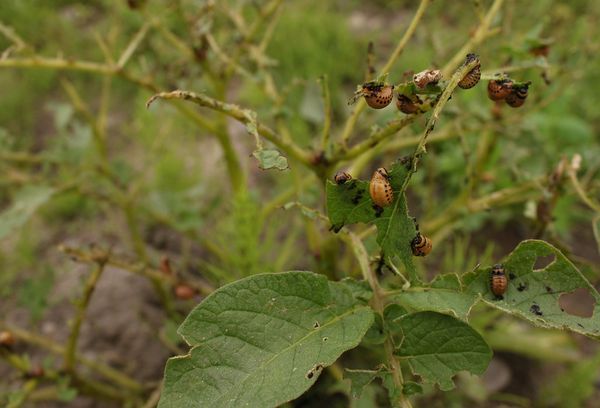
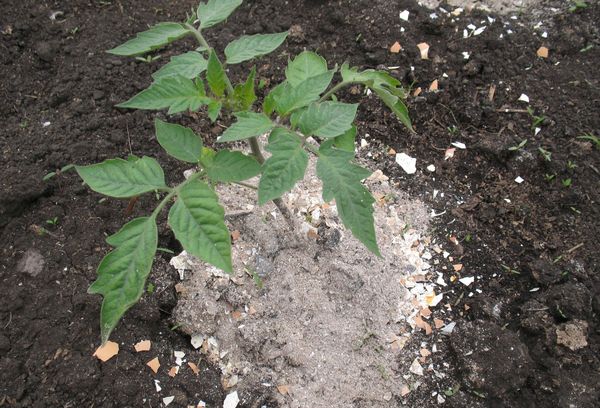
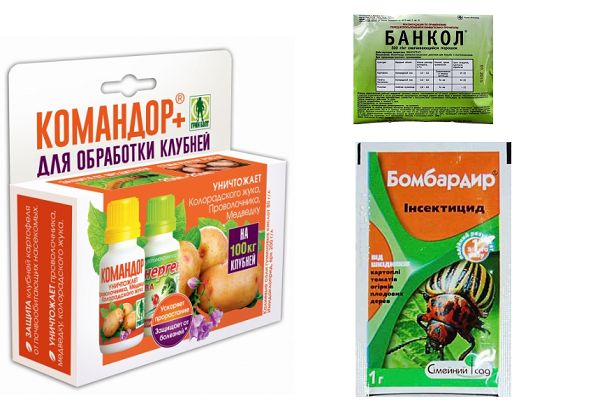
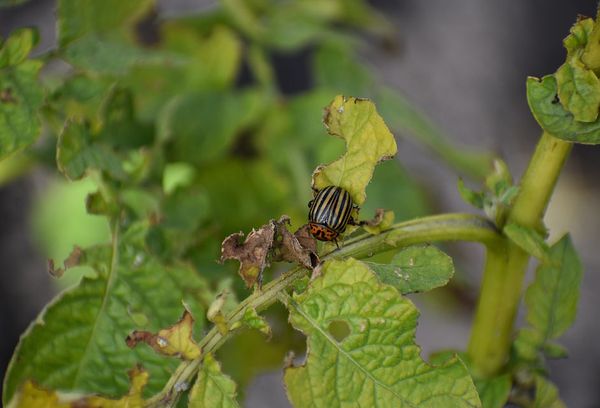
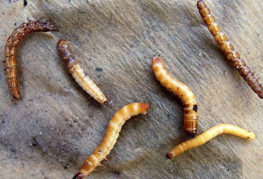

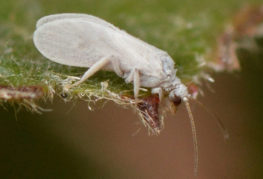
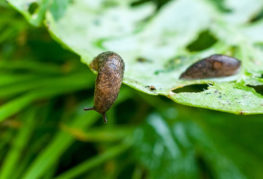


and will be published shortly.